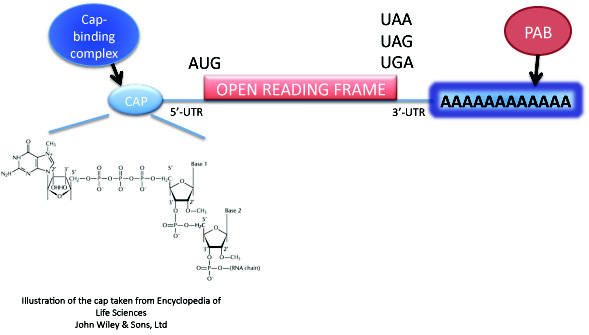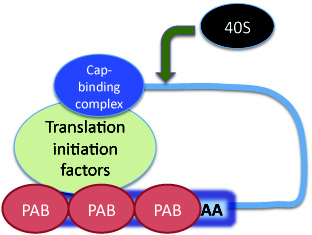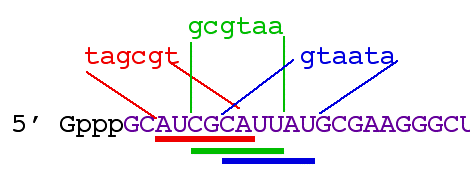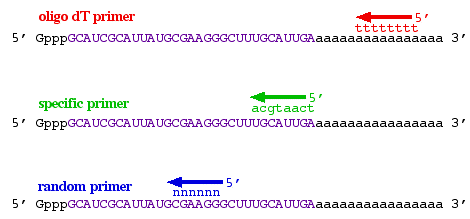Illumina
reads:
@
+ [Read Name] + [Paried_Direction(1/2)]
@HWI-ST688:211:C0F02ACXX:6:1101:12568:67545
2:N:0:AGTCAA
GGGAGGAAGGTGCAGGTCCCTCTGCCCTTTCTGCCAAGGTGCAGAATAGCGCCCGGGCGTGTGTTTTGGCTCCAGAGCAGTTCCACGTGGAGCAACTTCGT
+
BCCFFFFFHHFHHJJJHIJJJJJJJJJIJJJJJJJJIJJ?FGHJGIGIHIGGHIIJHHD>@;AACDDDD:ACDDDDDDDDCDDDEDDBDDBDDBDDDDD@#
@HWI-ST688:211:C0F02ACXX:6:1101:12568:67545
1:N:0:AGTCAA
CCTCCTCACAGATCAAGTACACAACACACACACACACACACACACACACACACGAAGTTGCTCCACGTGGAACTGCTCTGGAACCAAAACACACGCCCGGG
+
CC@FFFFFHHHHHJJJJGIJJJJJIJJJJJIJJJJJJJJJJJIJJJJJJJJIHFEFF?>ACACDCDD?ABDDDCC>ACDCDC(9<ABBBDDDBB>>BB<55
[From
http://en.wikipedia.org/wiki/FASTQ_format]
--------------------------------
TruSeq
/ Quality 101 / Quality Scores Overview
Quality
Scores
Quality
scores measure the probability that a base is called incorrectly.
With SBS technology, each base in a read is assigned a quality score
by a phred-like algorithm1,2, similar to that originally developed
for Sanger sequencing experiments. The quality score of a given base,
Q, is defined by the equation
Q
= -10log10(e)
where
e is the estimated probability of the base call being wrong. Thus, a
higher quality score indicates a smaller probability of error. In the
table below, a quality score of 20 represents an error rate of 1 in
100, with a corresponding call accuracy of 99%.
The
Relationship Between Quality Score and Base Call Accuracy Quality
Score Probability of Incorrect Base Call Inferred Base Call
Accuracy
10
(Q10) 1 in 10 90%
20
(Q20) 1 in 100 99%
30
(Q30) 1 in 1000 99.9%
From
[http://www.illumina.com/truseq/quality_101/quality_scores.ilmn]
Phred
33:
How
are qualities scaled?
Q
= ord(q) - 33
q
= chr(Q+33)
Q
integer quality
q
character representation
[From
http://www.google.com/url?q=http://faculty.washington.edu/jht/GS373_2010/lectures/G373_Shendure_Wk9_Monday_lec24.pdf&sa=U&ei=-4fBULi5DM6WmQWc9YCgDA&ved=0CBcQFjAA&sig2=cLOTAx1vQje5eSYCseyaOg&usg=AFQjCNFWi32peUKA4MaYr6_dEEGgGDD7WA]





